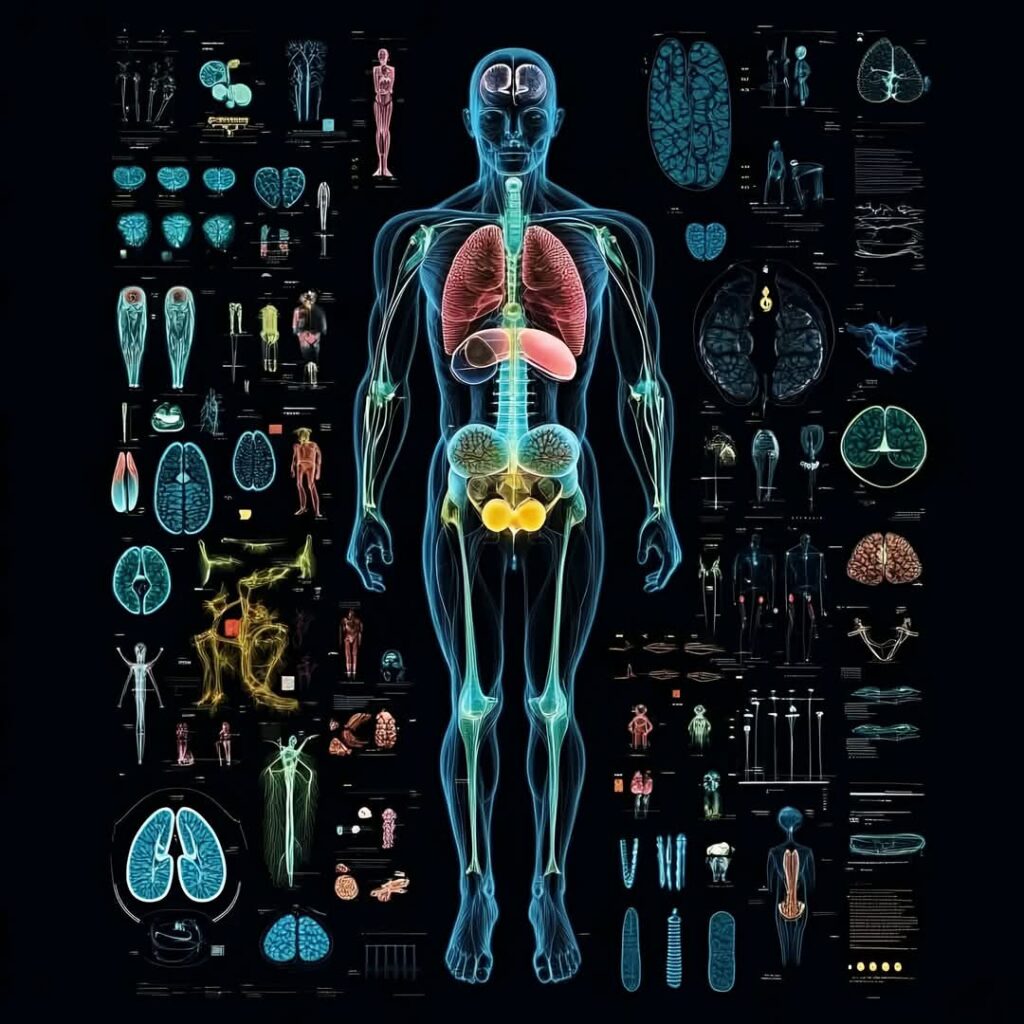
The human body is a masterpiece of creation, a complex, harmonious, and functional structure that combines material elements and vital functions in an almost perfect balance. In concrete data, the human body is an extraordinary system composed of: 37 trillion cells organized into 200 different types.
With organs such as:
-The skin, which contains 100 billion cells.
-The brain, which houses 100 billion neurons capable of processing up to 60,000 thoughts daily.
-The retina allows you to distinguish 10 million colors thanks to its 127 million specialized cells.
As for the circulatory system with:
-30 trillion red blood cells.
-42 billion blood vessels that carry 6 liters of blood, equivalent to 10% of body weight.
The body:
-Breathe about 23,040 times a day.
-The heart beats about 115,200 times.
-It produces enough saliva throughout life to fill two swimming pools.
This intricate network of 640 muscles, 360 joints, and 206 bones is a testament to the complexity and precision of human biology.
Among the most fascinating aspects of this composition are bones and cells, two essential pillars that represent the systemic complexity of human life. While bones provide the physical structure and mechanical support that allows the movement and protection of vital organs, cells, fundamental units of life, operate as a network of interconnected systems that sustain each biological function. Together, bones and cells form an eloquent testimony to the amazing biological engineering that characterizes the human being.
Bones are much more than rigid elements of the body. They function as a living system that grows, adapts, and fulfills multiple roles essential for survival. The human skeleton consists of 206 bones that, in addition to providing structural support, have a number of vital functions.
If bones are the building blocks of human structure, cells are the fundamental units that sustain life itself. Each cell is a microcosm in itself, an autonomous factory capable of processing energy, synthesizing proteins, and replicating to ensure tissue continuity. There are approximately 37 trillion cells in the human body, organized into interconnected systems that perform specific functions, from transporting oxygen through red blood cells to transmitting electrical signals in neurons.
Despite their tiny dimensions, cells function as part of an integral system that depends on interaction with other cells and tissues. This illustrates a sophisticated interdependence that underscores the systemic complexity of the human body.
In addition, bones depend on the action of other cells present in the bone marrow, which produce the blood cells necessary for oxygen transport and immune response. This interaction shows that the human body is not a simple collection of independent parts, but an integrated system where each component plays an indispensable role for the functioning of the whole.
The immense complexity of the human body, visible in the composition and function of bones and cells, raises fundamental questions about the origin and purpose of life. Is it possible that such a perfectly integrated system has arisen by pure chance? The precision with which each cell, tissue, and organ works in sync suggests an underlying design that transcends human capabilities for understanding.
Human beings, throughout history, have sought answers to the mysteries that surround their existence, among them, the enigma of life itself. The natural sciences, in collaboration with technology, have made amazing strides in trying to unravel the secrets of life. Experiments such as the creation of functional artificial DNA have shown that humanity can manipulate and recreate, to some extent, biological structures that mimic natural ones. However, while these advances are impressive, there is an insurmountable limit that separates the human realm from the divine: the ability to create life. This is, and always will be, a unique attribute of God.
Science, with its admirable pursuit of knowledge, has produced advances that a few decades ago would have been considered fictional. The synthesis of artificial DNA, which can operate like a natural one, is an unprecedented achievement, but its scope is limited by barriers that science itself recognizes. No life has been created, nor artificial cells capable of emerging from scratch. What has been achieved is, in essence, a manipulation of existing structures, an assembly guided by human intelligence from the basic components that already exist in nature.
The creation of an autonomous living cell, capable of reproducing itself and perpetuating its existence, remains a colossal challenge. This challenge, beyond being technical, seems to mark a transcendental limit: life, understood as the profound mystery that combines matter and spirit, is not something that can be produced by human hands. This scientific impossibility points to a deeper philosophical and theological reality: the creation of life is an exclusive attribute of God.
Human life, like all forms of life, cannot be reduced to a mere combination of molecules, chemical reactions, or biological processes. In the theological tradition, especially in Christianity, life is a divine gift, a creative act in which God breathes soul and purpose into matter. This goes beyond any human attempt at biological manipulation. To create life is not only to generate a functional organism, but also to confer on it a meaning and transcendence that only God can bestow.
In the biblical account of Genesis, we are told how God formed man from the dust of the ground and breathed into his nostrils the breath of life (Genesis 2:7). This divine act illustrates that life is not simply a property of organized matter, but emanates directly from God, who possesses the unique capacity to bestow not only existence, but also soul and dignity. For this reason, no technological advance can ever replicate the essence of life, since it does not originate in the material, but in the spiritual.
Scientific research, far from contradicting this vision, confirms in many respects the greatness of the Creator. Each discovery reveals the complexity, beauty, and order inherent in the universe, an order that transcends human comprehension and points toward a higher intelligence. In its attempt to unravel the secrets of life, science does nothing but encounter its own limits, demonstrating that there is a point at which matter is no longer explainable by purely human means.
Trying to recreate human life from scratch is not only an impossible task in scientific terms, but it would also be an attempt to invade a terrain that does not belong to human beings. This prerogative is reserved exclusively for God, who, in his infinite wisdom, designed a world in which life has a much deeper meaning than any laboratory experiment can capture.
Ultimately, the impossibility of recreating human life is not only due to the limits of technique or science, but to the very nature of life as a divine attribute. Life is not a phenomenon that can be reduced to equations or material assemblages; it is a creative act, a gift that comes from God, the only being with the capacity to give rise to the living.
Science, in all its greatness, becomes a witness to God’s work, reminding us that human beings are participants in creation, but not its authors. Recognizing this truth invites us to value the gift of life, to respect the limits of our capacities and to contemplate with humility the mystery that transcends us: the mystery of the Creator and his work. Only in God lies the ability to create life, and only in his wisdom do we find the purpose of our existence.
In conclusion, the human body is undoubtedly the most impressive technological breakthrough in history, a masterpiece of biological engineering that surpasses any man-made technology. Its accuracy, efficiency, and ability to self-regulate defy any attempt at artificial replication. No machine, no matter how advanced, can match the complexity of an organism that operates with 37 trillion cells, a brain capable of processing 60,000 thoughts daily, and a circulatory system with 42 billion blood vessels in perfect synchrony.
Despite scientific advances in biotechnology and artificial intelligence, there is no technology capable of creating an organism as sophisticated and functional as the human body from scratch. Every organ, every cell, and every system works in a harmony that can only be the result of superior design. The body’s ability to breathe, pump blood, regenerate, and adapt autonomously demonstrates that it is not the product of chance, but of a meticulous order that transcends human comprehension.
In the face of such perfection, the only logical conclusion is that there is a God of order, whose wisdom and intelligence are reflected in every aspect of the human being. Life is not a biological accident, but a manifestation of a creative mind that purposefully designed every detail of our existence.
The human being, in its entirety, is a living testimony of the amazing work of the Creator, a miracle that transcends human understanding and challenges our capacities for imitation.
Alberts, B., Johnson, A., Lewis, J., Raff, M., Roberts, K., & Walter, P. (2015). Molecular Biology of the Cell (6th ed.). Garland Science.
Marieb, E. N., & Hoehn, K. (2019). Human Anatomy & Physiology (11th ed.). Pearson.
The Bible. Book Genesis.
Behe, M. J. (1996). Darwin’s Black Box: The Biochemical Challenge to Evolution. Free Press.

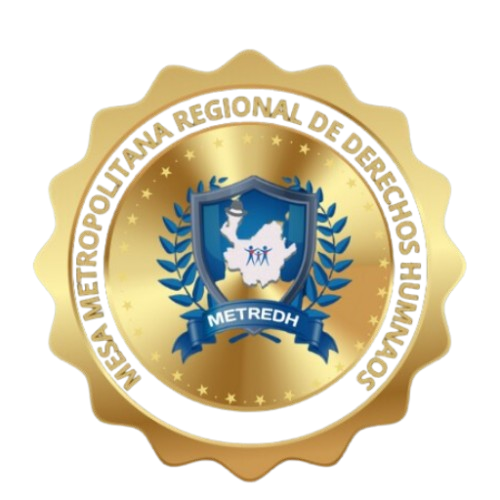
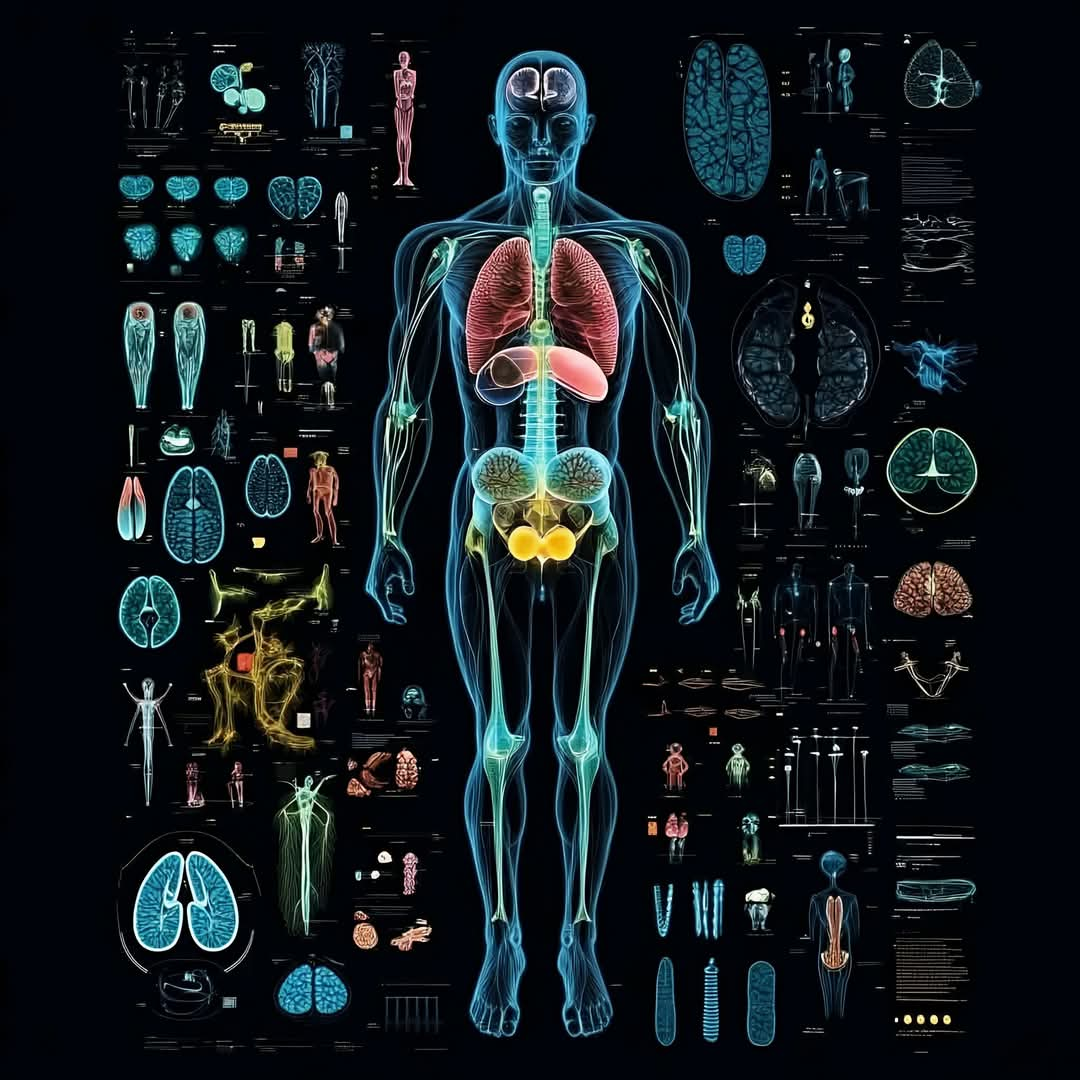
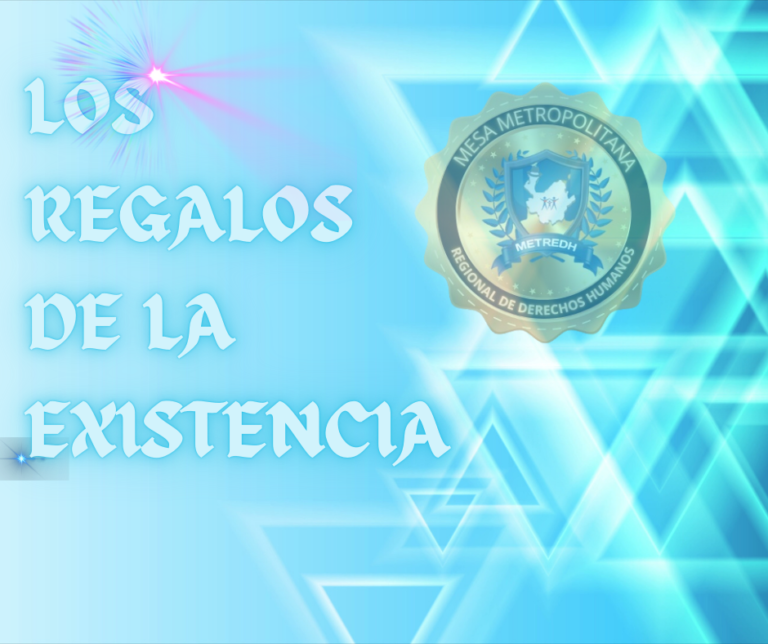

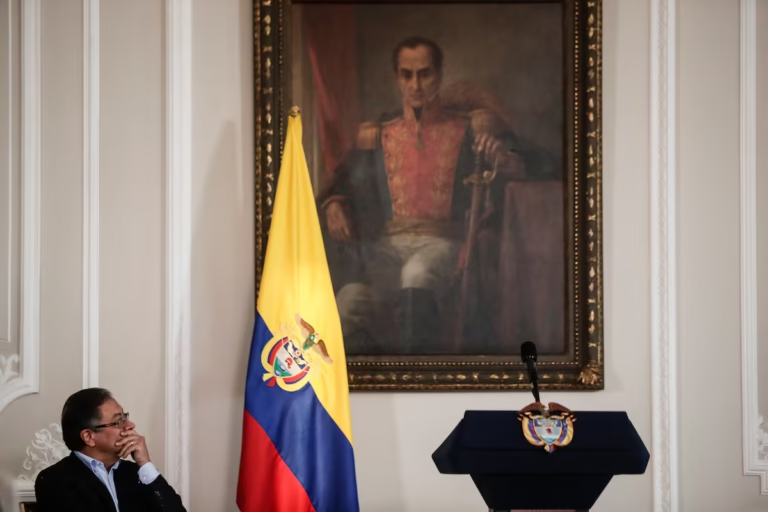
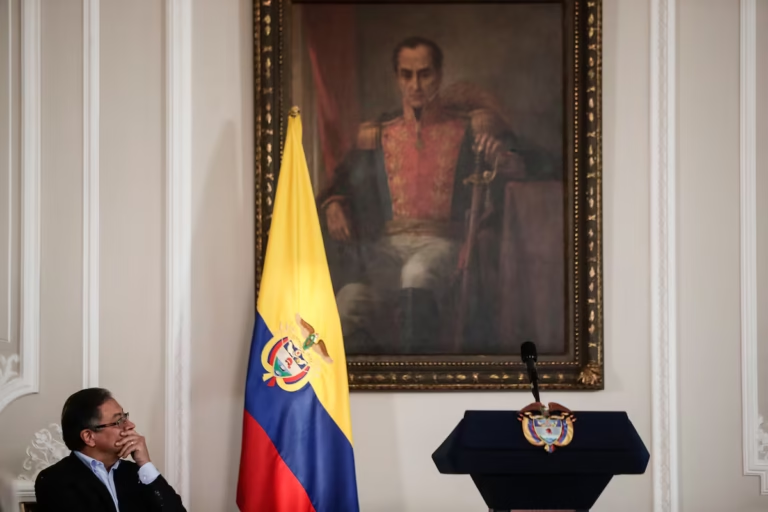
Your words paint a radiant picture in my mind. I can envision every detail you describe.
Gracias, por tu comentario, que la vida te bendiga
Your text resonates with me; it feels like you understand my struggles.
GRACIAS, BIENVENIDOS LOS APORTES QUE SUMAN A LA HUMANIDAD